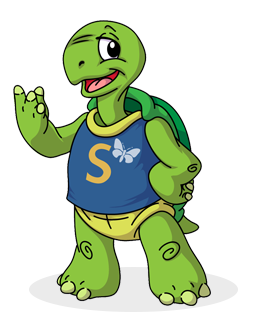Reading
Continue to read daily. Your child has bought home their school ‘learning to read’ book and a ‘reading for pleasure’ library book. Remember anything that you are reading at home can be recorded in your childs reading record – bedtime stories, favorite stories, shared books/comics etc.
Writing
This half term we have really upped the expectation in writing. Children have been thinking about their sounding out, using their Common Exception Words spelling list and reading their writing back checking for – capital letters, punctuation, spellings, -ed and -ing suffixes as well as looking at word classes such as nouns, verbs and adverbs!
It would be an enormous help to keep this writing up over the holidays. Your child has bought home with them a sound mat and spelling list. Please support your child to keep a diary each day of what they have been doing. There is no need to write a full book…unless you want to! Just one or two sentences each day is plenty. This will help your child to retain the skills that we have been developing and consolidating in class.
Maths
Please support at home by looking back over some of the key concepts that we have learnt this half term. Knowing and using number bonds to 10 is a big focus in year 1 therefore the videos below link to this. There are also a few videos linking to addition and subtraction.
Please follow the link below.
http://whiterosemaths.com/homelearning?year=year-1
Click on ‘Addition and Subtraction (within 10) ‘ You will see lots of videos.
Please focus on the videos below. Watching 1 a day would be great. These are all less than 10minutes each but recapping them will have a big impact…
Find number bonds for numbers within 10
Systematic methods for number bonds within 10
Number bonds to 10
Compare number bonds
Finding a part
Subtraction – find a part, breaking apart
Topic – Paws, Claws and Whiskers.
The overview for this topic has come home with your child for you to look at. Below are some of the suggested activities for this topic to engage and enhance learning.
1. Look at pictures of wild animals. Choose three, then use information books
and the internet to find out where in the world they live, what they eat
and their habitat. Record your findings in a table.
2. Look in books, the internet, calendars or magazines to find pictures of
animals. Compare the pictures that you find and choose your favourite.
What is it about the picture and the animal that you like? Talk about your
choice with a family member. Create an animal picture of your own and
write two facts about your chosen animal.
3. Choose an animal story to read. Examples include The Tiger Who Came to
Tea by Judith Kerr, The Hare and the Tortoise by Brian Wildsmith or How
to Hide a Lion by Helen Stephens. Draw a picture of your favourite event
in the story. Write a few sentences beneath your picture to explain what is
happening.
4. Write an animal story. Draw pictures and write sentences to show what
will happen at the beginning, middle and end of your story. Share your
story with a family member.
5. Look out onto your street, explore your garden and take a walk in your
neighbourhood to look for animals. Record the animals that you see in a
table. Use the data you have collected to find out which type of animal
was the most and least common.
6. Choose a pet that you would like to investigate. Research how to look
after the pet. Record your findings, including what pet you have chosen,
what it eats, where it should live and any special things this pet needs.



